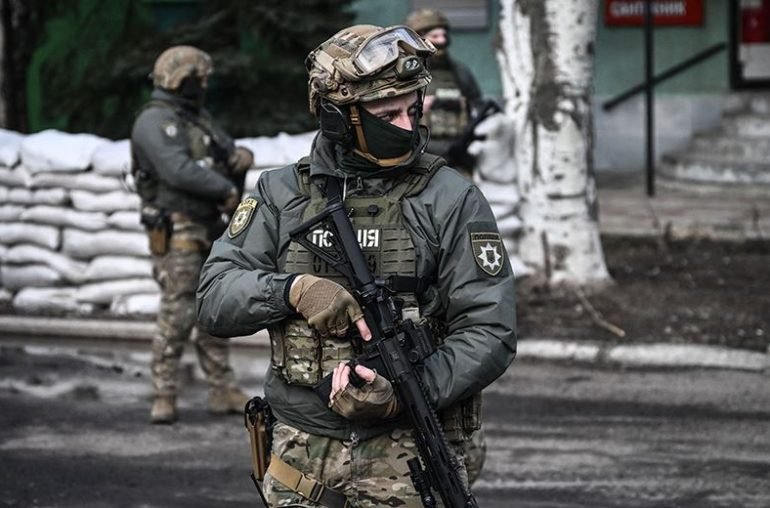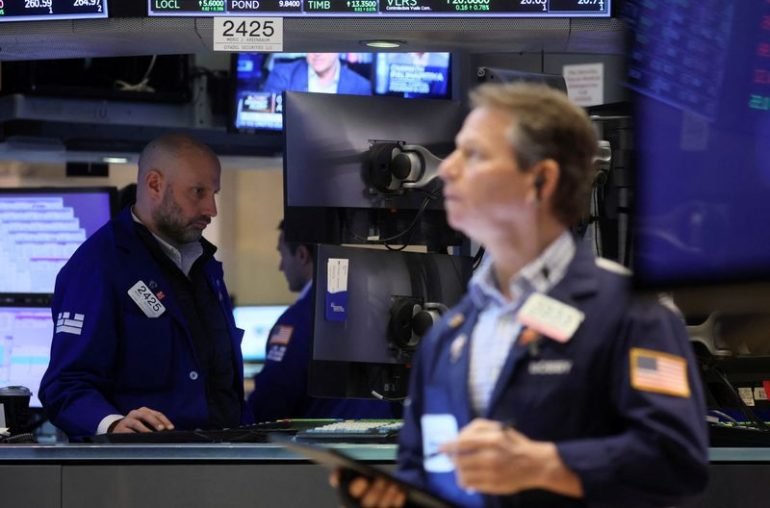The escalating cost of living pushed the CPI 0.8% to 7.9% in February, a high not reached since 1982, 40 years later, according to the report issued by the Bureau of Labor Statistics. The energy index was the largest contributor, having shot up 3.5% to 25.6% year-on-year, as the energy supply constraints arising from Russian oil sanctions push costs higher. Food was the second highest, having risen by 1.0% in February. Jobless claims rose to 217,000 against 4.3 million quits.
Economists have warned that the economy could be approaching a state of stagflation, a scenario that was last experienced in the 1970s when the cost of oil doubled between 1973 and 1975. Currently, the U.S. market is in a mix of rising inflation, a high state of joblessness and impending interest rate hikes, not to mention the skyrocketing oil prices. With these factors in play, the cost of production is expected to rise and firms will have to lower their business activities to adjust to shocks. Altogether, with no guarantee on rising wage rates, it is not fortune telling but consumers across the economic spectrum will have very little spending capacity.
In all facets, stagflation is not only a headache to the Fed but also a hit on stocks. To the Fed, while monetary and fiscal could be well in place, resources driving the economy into the state of stagflation such as oil and labor supply would be beyond control. More so, there is no policy adjustment that guarantees a fix without stimulating a negative blow to other fundamental economic factors. For instance, raising interest rate would reduce inflation but slow economic growth while lowering inflation would keep inflation souring. Speaking to The Conversation, Veronika Dolar, an economist at SUNY Old Westbury, said, “Put another way, you’re damned if you do, damned if you don’t. And that means solving the problem may simply depend on circumstances out of U.S. policymakers’ control, such as an end to the crisis in Ukraine or finding ways to immediately increase oil supply – which is tricky.” Seems like leaving the economy to the mercies of nature and wishful thinking.
During stagflation, equities also tend to struggle. It is no exemption in the current state having witnessed the massive wealth that has been wiped out of the stock market since the year began. According to Datastream and Shroders, precious metals as represented have the best performance during stagflation, followed by commodities. This is simply because the precious metals act as a better wealth protection during high volatility and economic uncertainty, while commodity prices are fuelled by consumption and production demand. REITs are also a suitable alternative as they hedge against inflation through the gains obtained from rising rental prices. In February, the shelter index inflation rose by 0.5% to 4.7% year-on-year.
Thursday Stock Highlights










